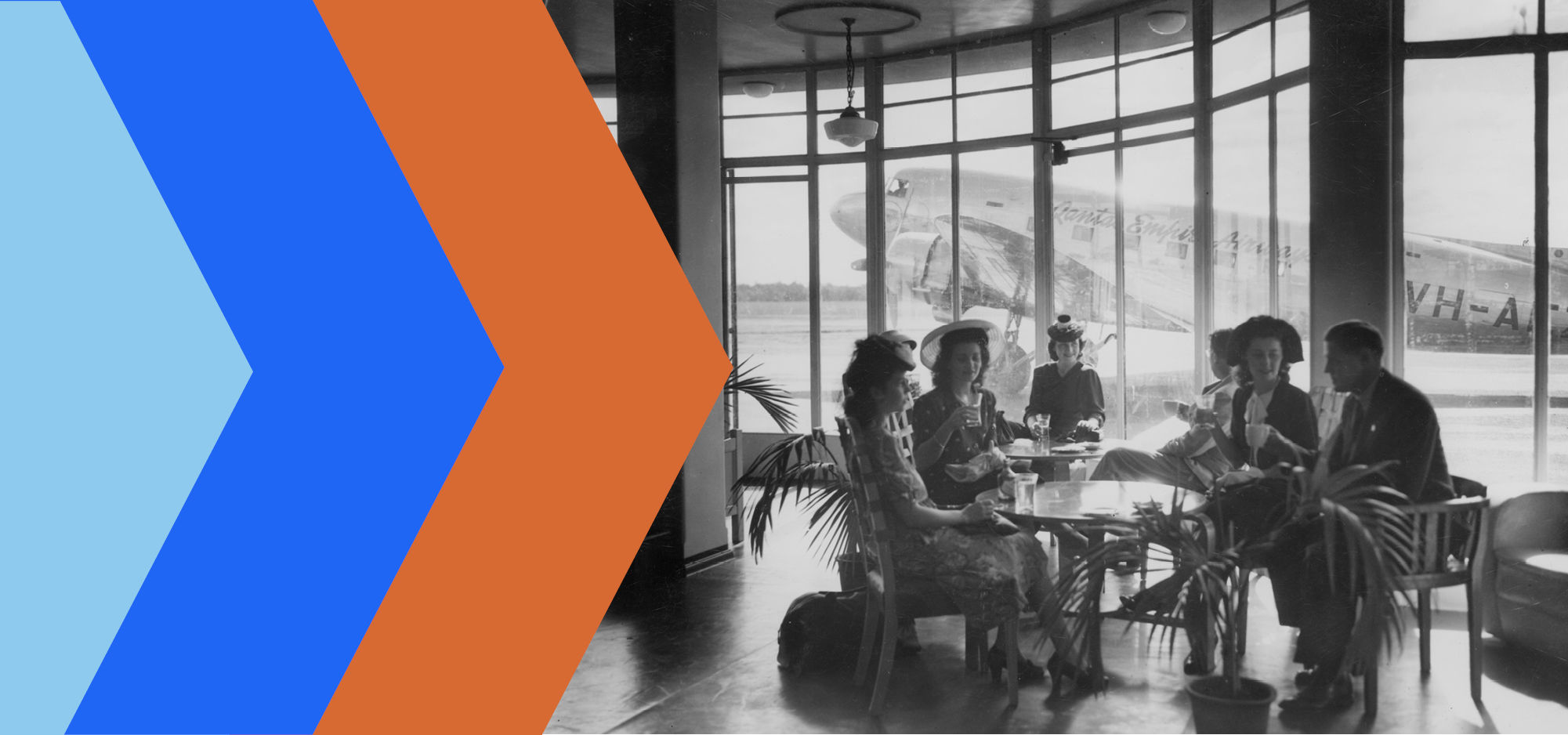
Since our establishment in the early 1930’s, Archerfield Airport has seen many pivotal moments in Australia’s aviation history. We were the base for Brisbane’s interstate and international air traffic up until 1949, a starting point for intrepid aviators such as Sir Charles Kingsford-Smith, and a crucial base for RAAF, UASF, RNAF and RNFAA during World War II. You can read about our famous history here.

Turning its focus towards flight training and associated enterprises, Archerfield’s movements peaked at approximately 320,000 per year during the 1980s.
The Federal Airports Corporation (FAC) was established in the late 1980s to stem financial losses. Throughout the 1990s, a conscientious effort was made by the FAC to restore the airport’s viability.
Archerfield Airport was privatized in 1998 and began to operate under the Australian Airports Act (1996). Since June 1998, the airport has been operated and managed by a local family-owned business, Archerfield Airport Corporation (AAC). AAC holds a 99-year ground lease of the airport. With a substantial investment of capital, and a program of repair, restoration and renewal of the airport precinct, the airport is today a robust economic entity.
Archerfield Airport is presently the major general aviation airport in Queensland, and the metropolitan airport for greater Brisbane.
Aircraft movements have remained relatively steady in the past decade at approximately 140,000 per year. The airport has the capacity, and remains available, to once again cater for Regular Passenger Transport services (following consultation with community and airport stakeholders).
In recent years, we have dedicated resources to creating ‘Transition – Archerfield Logistics Estate’ – a premium-grade logistics estate on the Western boundary of the airport. This 24-hectare site is dedicated to the growing needs of aviation and non-aviation businesses. Archerfield Airport is in constant communication and engagement to be part of local redevelopment and improvements, such as a new four-lane road and other measures to reduce local traffic congestion in the ever-growing industrial and commercial zones.
In 2023, approximately 450 students utilised the training facilities at Archerfield Airport. Several flight training centres cater for both domestic and international flying students, training in both recreation and commercial purposes. The International student component is estimated to contribute approximately $3.5M per annum in export earnings for the state, and for Australia.
Archerfield Airport has two sets of parallel runways. The 10/28 parallel runways align E-W (approx) with full-length parallel taxiways and sealed pavements. Runway 10L/28R and supporting taxiway is equipped with pilot activated lighting. Our secondary 04/22 parallel runways align NE/SW (approx) with unsealed taxiways, except for the runway thresholds.
Recent upgrades now allow Aircraft Classification Number (ACN) of 16 (equivalent to an ACR of 180 for Archerfield’s pavements) to operate on runway 10L/28R, Taxiway Bravo and the Eastern Apron (subject to a pavement concession from us).
Since privatisation in 1998, AAC has made investments totalling $164M in the airport. This has improved aviation infrastructure, attracted new enterprises and strengthened its role as Brisbane’s metropolitan airport.
It’s anticipated that by 2031, Archerfield Airport will:
Annual aircraft movements are in the range of 108,000 to 118,000.
Helicopter movements have increased at an average of 4000-5000 to 16,400/year in 2021/22.
This trend reflects an increase in operations by QGAir, Polair, LifeFlight, and various training Activities.
In 2021 and again in 2024, Australia’s peak industry body, the Australian Airports Association awarded Archerfield Airport the Australian Metro Airport of the Year.
In 2015, the Terminal building was significantly refurbished, resulting in Heritage and Interior Design awards at the 2015 Brisbane Regional Architecture Awards.

